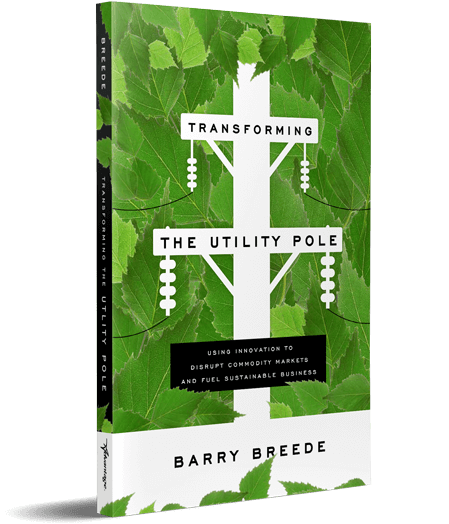Each passing year, industries – including the utility and commodity markets – are increasingly more aware of the impact their companies have on the environment. It’s a concern that stakeholders in these industries recognize as a duty to address for the sake of consumers and the environment.
Understanding what that impact is and how to potentially reduce it won’t be clear until you comprehensively consider your product’s entire lifecycle from cradle to grave. That may provoke you to consider the materials used to manufacturing or provide your product/service. Could you potentially use more environmentally friendly materials? If so, what would be the new impact of those materials?
However, what may initially seem like an improved concept may not necessarily reduce the overall environmental impact. For example, many have questioned the use of other materials for utility poles – the idea being that perhaps other resources such as concrete or steel could outlast wood and therefore be more environmentally friendly. In theory these ideas seem credible. However, from the view point of sustainability and carbon footprint, the more responsible material is still wood.
It comes back to understanding this particular product’s entire life cycle. Studies* have been done and have found that treated wood compares favorably against galvanized steel, concrete, and fiber-reinforced composite poles along several environmental metrics, including greenhouse gas emissions, fossil fuel use, ecological toxicity, and water use.
The main reason why? Forest products are organic raw material. Part of the production of this material involves thirty years of wood growth in the form of a tree. This growth process actually removes carbon (in the form of carbon dioxide) from the atmosphere, rather than contributing to carbon emissions—a remarkable side effect of using this organic raw material. The so-called “carbon sequestration” process generates a “carbon credit” early in the life cycle that allows the final product to have a much lower carbon footprint than competing products. During the 40 years a pole stands, another tree will have grown in its place – canceling out the carbon release from the retirement of the pole.
Being aware of the details – large and small – of your product’s life cycle will allow you to identify where you can reduce your impact on the environment and where you are making the best choice given the options available. Learn more about how to reduce your company’s environmental impact through innovation by visiting this site.
*Christopher A. Bolin and Stephen T. Smith, “Life cycle assessment of pentachlorophenol-treated wooden utility poles with comparisons to steel and concrete”

